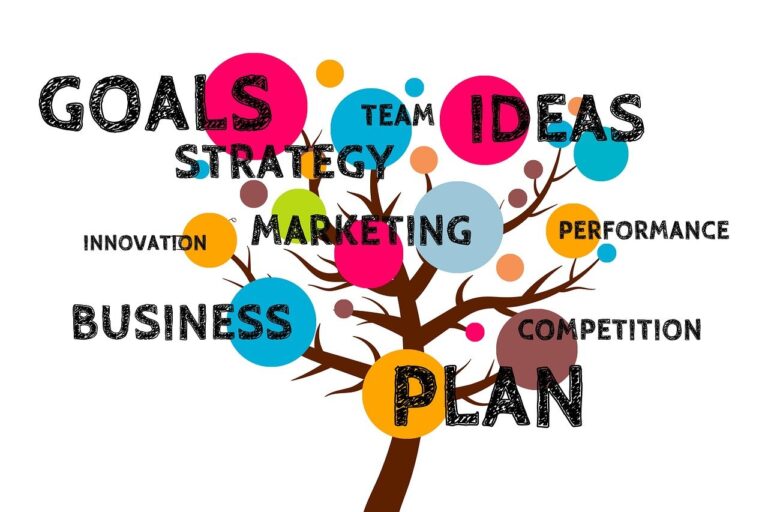Are You Working to Best in Class Performance?
Are your operations achieving best-in-class operating performance?
As corporate earnings continue to show good growth and the great recession falls further into the past, adverse results may be creeping into operating performance levels while businesses emphasize top line growth. Understanding what best in class performance is for today’s operations and how our improvement efforts affect key financial indicators is critical to maintaining operational excellence.
We recently had a conversation with a very successful executive of a large corporation who had grown annual revenues for his business about 2.5X from one billion dollars while improving profit margins from negligible to 20%. He told us that the only metrics he personally focused on were revenue growth and operational efficiencies, delegating all other performance metrics to his executive team. This executive’s strategy made perfect sense; his focusing on strategic marketing and strategic operations brought clarity to what mattered most and crystallized which actions would deliver the optimal results. Strategic marketing delivers value by staying close to the pulse of the market so as to drive revenue while strategic operations focus on cost and speed.
This past year we saw markets and corporate earnings reach all-time highs for many companies. That begs this question: Did the past year’s strong markets distract attention from operating performance enough so that additional earnings opportunities were lost? There are indications that the answer is yes for more than two thirds of businesses in 2013. Here is why:
The primary performance metrics of Value, Speed and Cost directly connect a company’s marketing and operating strategies to its revenue and profit performance.
Now define the baseline for best-in-class operating performance on these metrics as established by top performing companies over the past two decades:
For Value, working capital should be at a single digit percentage level of sales. If a company is creating good value in the market and the operations are performing well enough to serve market demand, then slow moving and obsolete inventory should be kept in check.
For Speed, order service performance should be at or above 99%, based on first commitments made to the customer.
For Cost, operating performance should be both EBITDA that is a double digit percentage of sales and growing annually by double digit percentages.
Very few companies achieve all three performance levels consistently. For 2012, CFO Magazine reports* that slightly more than one third of Fortune 100 companies operated at the best-in-class working capital baseline. With even fewer companies meeting all three performance baselines, it is safe to assume that more than two thirds of these Fortune 100 companies are not operating within these collective best-in-class performance levels, resulting in hundreds of millions of dollars being collectively left on the table.
Why are so many companies failing to reach these performance levels? Such optimal operating performance should be a given considering all of the lean cost saving initiatives that are prevalent and the sophisticated ERP and SCM system technologies available today. But maybe a contrarian view is more accurate: Have these sophisticated systems and the saturation of operational excellence metrics created a perception of best-in-class results based more on activities than actual results?
Business system implementations and maintenance have become more complex as systems have grown more sophisticated and companies have become more global. Today, we see substantial demands for technical resource support of business intelligence systems for implementation and maintenance. As this has become the norm, operational processes are being governed more by the system rather than the system being governed by an optimized process strategy. This difference between the optimized process and the system-defined process creates gaps which leave value, speed and cost performance at a sub optimal state. The bottom line is that companies are spending millions of dollars on business systems which, by themselves, are not capable of driving best-in-class performance.
There are three primary steps in an operating strategy that will affect the valued cash, speed in order service and cost objective:
- Optimize manufacturing processes to lower cost, shorten lead times and instill continuous improvement;
- Integrate scheduling of factories, suppliers and distribution to lower inventory, reduce cost, obsolescence and improve order service; and,
- Reinforce supplier improvement and distribution efficiency to provide year over year cost and delivery improvement.
Integrating these three steps into the business systems will transform a company’s lean operational excellence efforts into tangible financial payoffs and make best-in-class performance attainable to any management team.
The reason why more than two thirds of today’s companies are not realizing best in class operating performance today is twofold;
a) The growth market over the past year has driven an increase of revenues, profits and earnings high enough to allow average or below average operating performance to fall somewhat under the radar.
b) The three primary steps of the operating strategy performance that affect value, speed and cost are not being embraced by the business systems that drive execution.
If the 2014 market continues the slowing trend of recent weeks, profit and earnings for many corporations will follow the decline. Companies that have not optimized, integrated and reinforced improvements into their operations and business systems will likely be challenged to maintain shareholder value over time, while companies that have an integrated approach, the top third best in class performers, will do much better.
How well does your company maintain a bridge between the operating strategies that continuously improve and the business systems that execute these strategies? The answer lies in your best in class performance metrics.
*Note – Reference; as published in the “2013 CFO/REL Working Capital Scorecard” by CFO magazine at http://www3.cfo.com/working-capital/2013-06. This is a report published annually by CFO magazine in conjunction with REL consulting. Also note that the calculation used by this report is Working Capital = Days of (AR + Inventory – AP) / (Average Daily Sales) favors a better performance than using a value of average COGS in the denominator of the working capital calculation. The latter method being used by many corporations today as the more accurate performance indicator.
By Jeff Lane
 Jeff Lane has built operating strategies for more than two decades delivering more than $2 billion in financial returns for companies including General Electric, Stanley Works, American Standard, NACCO Industries, Ford Motor Company and Kimberly Clark as well as several lower- to middle-market growth companies. He currently leads strategic operations improvement teams with The Hawthorne Group. A team dedicated to helping companies unlock unmet market needs, maximize revenue and optimize cash flow by embracing operational excellence throughout their supply chain and order fulfillment systems.
Jeff Lane has built operating strategies for more than two decades delivering more than $2 billion in financial returns for companies including General Electric, Stanley Works, American Standard, NACCO Industries, Ford Motor Company and Kimberly Clark as well as several lower- to middle-market growth companies. He currently leads strategic operations improvement teams with The Hawthorne Group. A team dedicated to helping companies unlock unmet market needs, maximize revenue and optimize cash flow by embracing operational excellence throughout their supply chain and order fulfillment systems.






